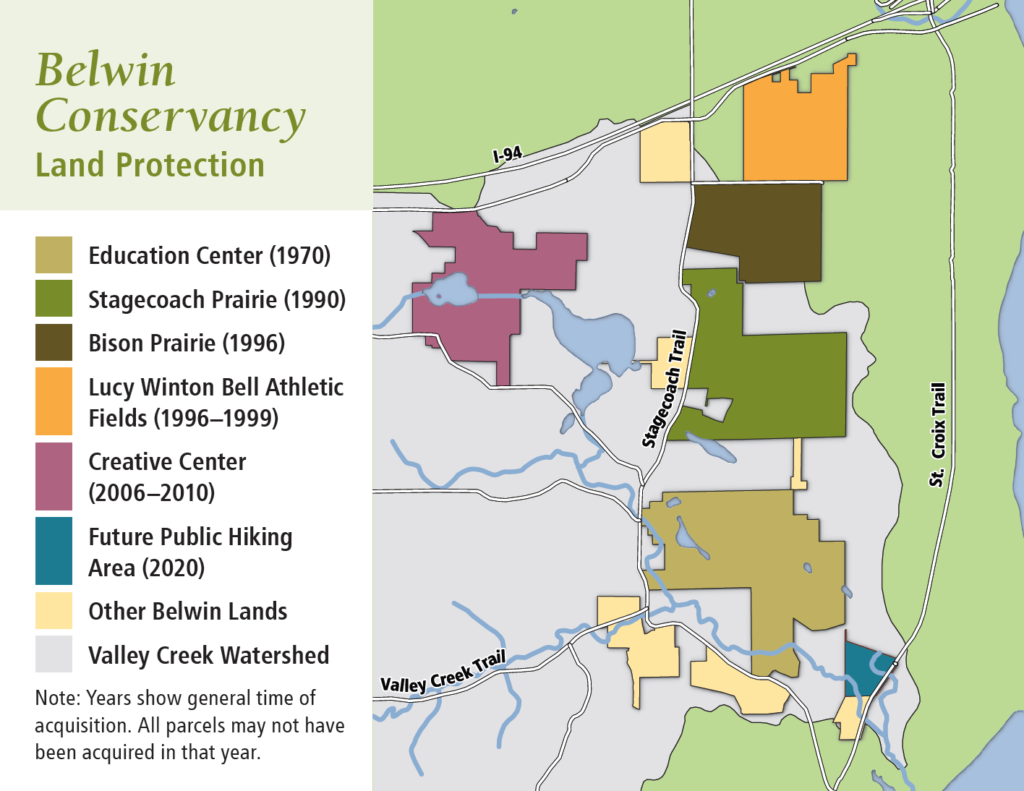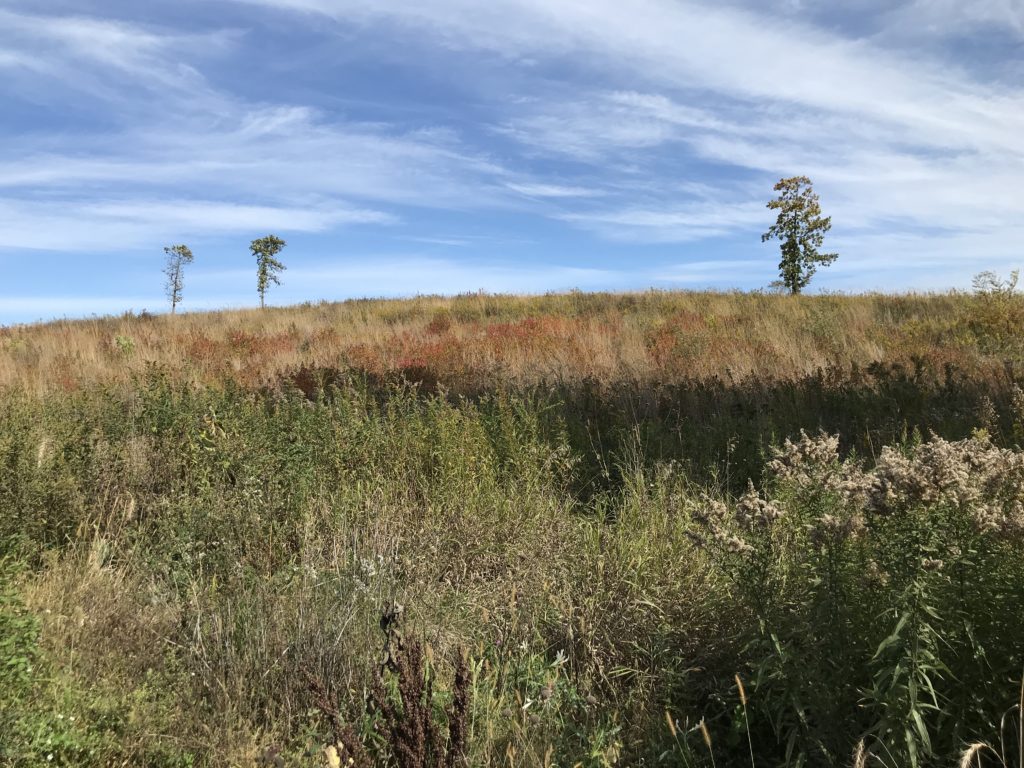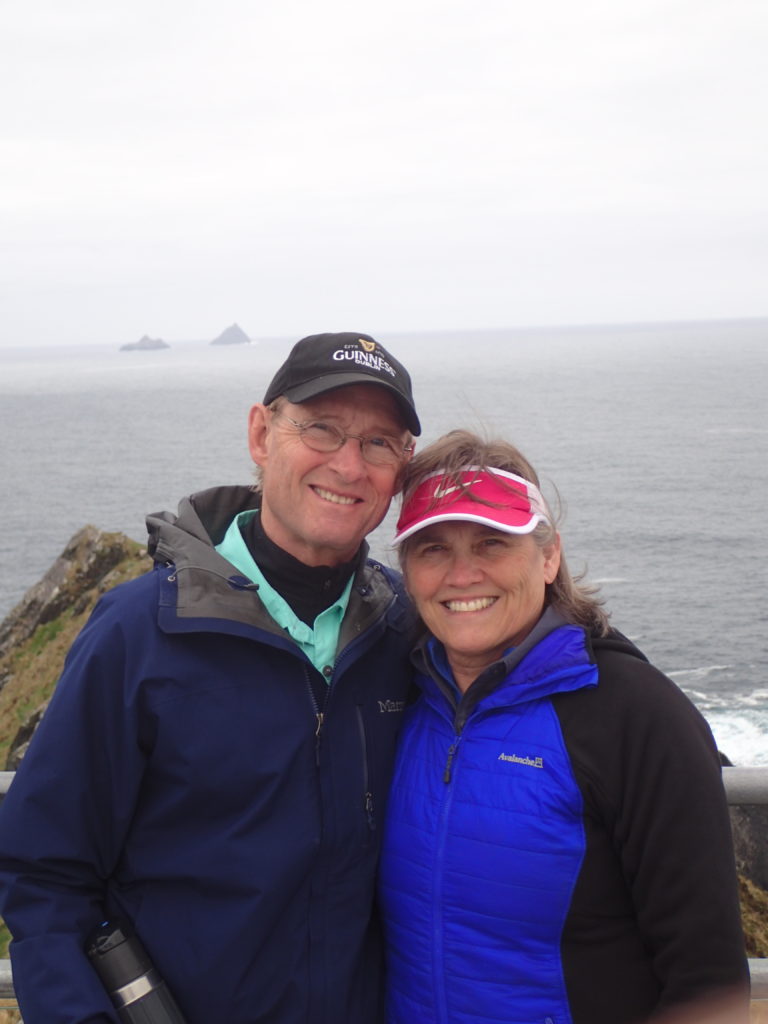One day in 1990, Belwin Board Chair David Hartwell saw a For Sale sign on Stagecoach Trail and decided to make a phone call. That act ultimately resulted in Belwin purchasing 200 acres from John Sauer, now the core of our popular Stagecoach Prairie Natural Area. Even more significantly, the acquisition marked a turn toward land protection that continues at Belwin today.
By the late 1960s, Charles Bell and Lucy Winton Bell had purchased more than 300 acres of land in Afton, and were shifting their attention toward ways the land could benefit the community. Though their original intent was simply to protect their borders from development, conservation was always important to them.
So how does their philosophy of buying and conserving land translate to over 1,500 acres — more than two square miles — of protected lands today?
David Hartwell, the grandson of Charles and Lucy, has personally guided almost every acquisition since 1990 when Belwin was just 225 acres in size, and he says honesty and trust are the two most valuable parts of any deal. “Nothing compares to sitting down and working face to face and building trust,” he says. “You are who you are, you’re honest, you deal with people honestly, you show up and answer questions.”
Hartwell also says every acquisition is unique. That means that, beyond transparency and truthfulness, there is no template for purchasing a property. But it is always a partnership, which usually starts with conversations long before the property owner plans to sell.
By taking this approach, Belwin has managed to build a broad network of natural lands in an ecologically rich area next door to a major metropolitan area. Hartwell points out that large, contiguous protected lands are much more valuable than small preserves. Many species need such large tracts to survive and reproduce year after year.
“If you really want to see something protected, it isn’t just a small parcel. The more you have, the more ecological value it has,” he says.

A new crop of land stewards
The Stagecoach Prairie project was “undoubtedly” the hardest in the organization’s history, according to Hartwell. There were several problems with how a small portion of the land had been subdivided in the 1960s for development, environmental, safety issues, and more. The seller had also been involved in litigation with the city about developing the property, and negotiations were complicated.
But Hartwell and Belwin persisted and succeeded in protecting a precious piece of the St. Croix Valley landscape. Today, Stagecoach Prairie offers 4.5 miles of hiking trails through rich, diverse prairie, savanna, and forest; precious habitat for native plants and animals that lose more living space each year.
Belwin’s goals and strategies have shifted over time. Today, the organization continues working to protect more land, while also focusing on preventing development on its borders. This means filling in gaps between Belwin tracts, and using other means than outright purchase to ensure surrounding lands remain in their natural state.
Conservation easements have been an increasingly important part of Belwin’s strategies. This essentially means landowners continue to own and use their property but see it protected — either by receiving compensation for the value of the conservation or through a charitable donation to Belwin of that value. It means Belwin can ensure there is a buffer around its borders, work with neighbors with different goals, and wisely use its resources.
“Easements are such a useful and flexible conservation tool,” says Katie Bloome, Belwin’s executive director. “And the easements will be there in perpetuity.”
“Another benefit to easements are the partnerships we form with the land owners,” says Bloome. “We can protect land forever, and work with the landowner so they learn how to care for it. They become day-to-day stewards of the land.”
No one-size-fits-all solution
All in all, Belwin currently holds easements on about 124 acres of land surrounding the organization’s preserves. Those legal rights mean the land can’t be subdivided or developed, and is maintained with healthy native vegetation. Belwin also advises easement partners about land management when requested.
Hartwell points to the example of a recent project with a Belwin neighbor. Belwin bought 12 acres, which included a house. The organization split the land in two, adding seven acres to its holdings and reselling the other five, including the residence, with a conservation easement on the property to protect it in perpetuity.
At the same time, the Minnesota Land Trust (MLT) holds numerous conservation easements on Belwin’s property. It ensures the organization’s lands will always stay protected.
Wayne Ostlie, director of Land Protection at MLT, says that easements aren’t for everybody; landowners have to be ready to participate. “There are a lot of easement programs, many at the state or federal level, and they tend to be pretty cookie cutter,” he says. “MLT’s are more negotiated, crafted to work for the landowner while also protecting the conservation value.”
Because Belwin is focused on acquiring land for conservation, not development, an easement can be a good option for property owners who wish to sell but want to remain on the land and in their home.
Belwin can also offer more flexibility to landowners than most buyers. In one case, Belwin purchased a parcel from a seller who wanted to get the deal done, but also needed to remodel their new home. After closing on the purchase, Belwin allowed the seller to live there another few months while waiting for the remodel to be completed. It’s all part of what Hartwell says is important to land acquisition: listening to people and figuring out what they want.
“It made them happy and made the deal easier for them, and it didn’t hurt us at all,” Hartwell says. “We can offer things other buyers can’t because we look at the long term and we have flexibility. After all, what’s a few months out of eternity?”

As more land owners become aware of the benefits of conservation easements, Belwin’s emphasis on relationship-building and honesty will continue to help the organization form partnerships and find unique ways to help homeowners preserve precious land.
Belwin supporters also play an important role in land acquisitions by supporting Belwin’s overall mission. There are times when Belwin protects land for a specific purpose and others where it adds to the overall natural area.
“We don’t always know what the land is going to be used for,” says Bloome, “we just know that it’s worth protecting.”

